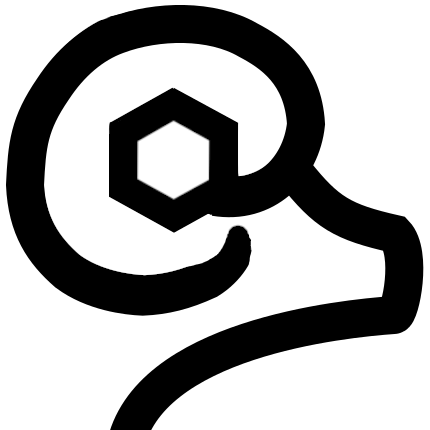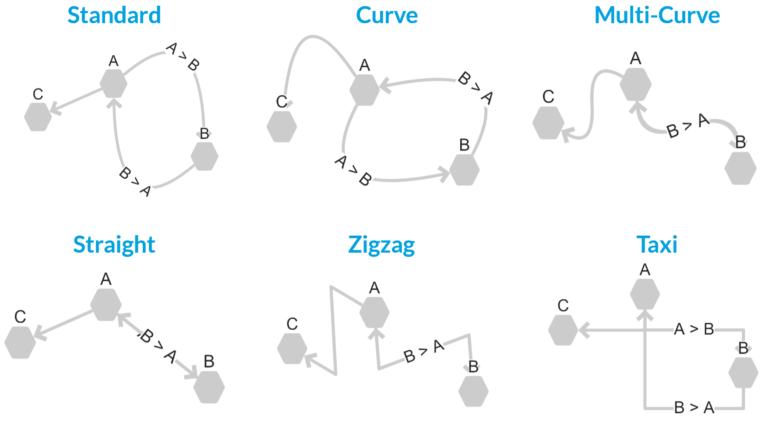
Bookmarking a website started out as a great idea, especially in the days pre-Google. Saving a source of information for later: the concept is sound. However, now bookmark lists in a browser read like a early-years AOL link list: outdated, difficult to search, and impossible to keep organized! This means bookmarks are often lost and lose their topical relevance for both ongoing research and learning.
History Question: Five “bonus points” for anyone who remembers what AOL stood for. Answer at the bottom of the article.
Most everyone still has stale old URLs on a current browser, or worse yet some forgotten Internet Explorer account. . . gasp.
Browsers evolved. Bookmarks appeared across all devices thanks to Google. While a significant improvement, it still didn’t solve the problem. Bookmark “bloat” only increased, and the lack of context grew, rendering bookmarks useless. Seriously, when was the last time any of us went through their list of bookmarked sites and purged the dead links and outdated sites? Never? Me either. . .

Websites without Context are Just Clutter
The problem with bookmarks is the lack of information and relevance. Sure a bookmark can be renamed, but how useful is that months or years later?
Similar types of bookmarks can be grouped by topics in folders, but folder bloat can be worse than a list you can quickly scan.
Without more information, context, and connection to the topic at hand, lists of bookmarks are little more than noise. Often they even less valuable than a fresh Google search on the topic yielding the latest web rankings.
The key to saving important websites containing important learning or research content is saving with the right context and organization to find and use at the right time in the future.
But What About Google Searches?
Some folks have given up on saving websites for later. Google, DuckDuckGo, etc have made it so easy to find anything with a quick search. Well, almost anything. However, the deeper the research, the more nuanced the information, the more critical it is to save sources for later.
The web evolves, and a search tomorrow may not return the same results, and that one amazing website could be lost forever if not saved. Or at least take a prohibitive amount of time to find again.
URLs seamlessly integrate with the “Second Brain”, digital Zettelkasten, or P.A.R.A note systems, an impossible feat with physical note cards and bloated bookmark bars. These connections both ensure we never lose a helpful website again and connect the site to ideas that found them. The connections help us rediscover the websites fueling our thoughts for exactly the moment when we need it.
Websites to Thoughts, Thoughts to Notes, Notes to RamSync!
The only way information has value for research and learning is when it is correctly applied to the subject at hand. Topics must be connected!
RamSync is the solution, designed by researcher Dr. Christina Lommatsch to solve these very problems. RamSync allows for a Zettelkasten-type connected note system for all your websites. This ensures each information source is stored with the right connections to topics, notes, thoughts and related websites.
Research and learning thrives when critical information is available at the right time and right place. These connections are the foundation for future reference, learning, and research.
Check out the Quick Start guide, and see just how fast and intuitive RamSync is at connecting thoughts an notes.
RamSync Foundation Notes
Many RamSync connections leverage Foundation Notes, which are the Favorites of a collection, the key hubs for other topics to connect to. When a Foundation Note is related to a topic of research, study, passion, or interest, adding URL Note(s) with relevant websites is intuitive and and fast.
These connect an idea’s flow with external information, adding even more power to your Notes. Just don’t forget to add a good hashtag (or two!) to your URL Notes to make them even easier to find.
Try it, we think you will fall in love with adding relevant links directly to your notes and ideas with RamSync.
Learn More
Answer to the AOL Question at the beginning of the article: AOL Stands for America On Line, although the original name was Quantum. time.com/3857628/aol-1985-history.
Internet Explorer: No we aren’t going to link to that. . . . sorry, not sorry!
DuckDuckGo, a privacy focused search engine. Check it out: DuckDuckGo.com
Looking to Upgrade from Internet Explorer or Chrome? Check out the Brave browser, built around privacy! We love privacy conscious products here at RamSync. Using Chromium code, Brave is fast and has a new take on pesky online ads that track too much personal information. Check it out: Brave.com!








